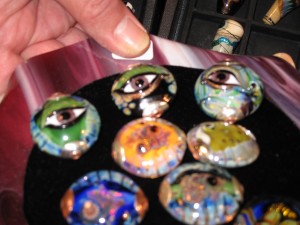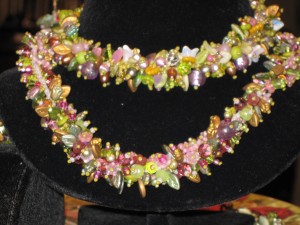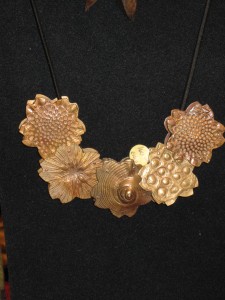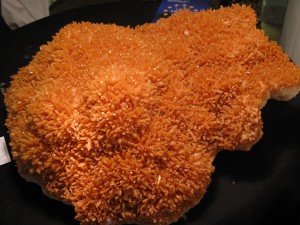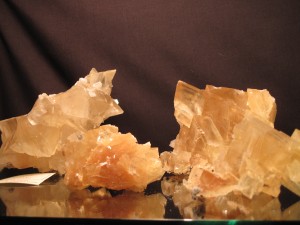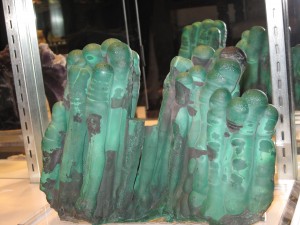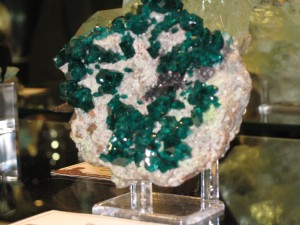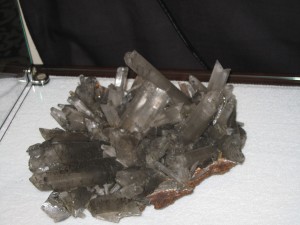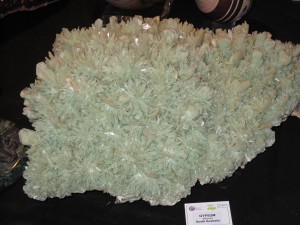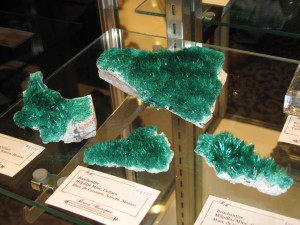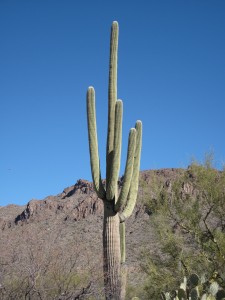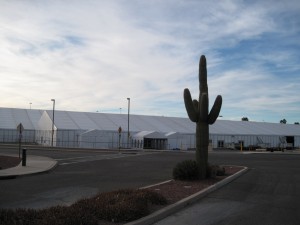Tucson Gem and Mineral Show…Education too is a big part
Wednesday, February 9th, 2011The Tucson Gem and Mineral Show is not only a feast for the eyes, it is also a smorgasbord for attendees with the variety and abundance of classes offered during the two week period. The theme of this year’s show at the Tucson Convention Center is “Minerals of California” .
Experts will speak about California minerals and these lectures are for the true professional mineralogists and gemologists. This show begins Thursday, February 10 and runs through February 13. Doors open at 10 am. It is at this show that specimens from private collections and museums are exhibited, including minerals from the National Park Services, the Mineralogical Association of Canada, Flandreau Science Center from the University of Arizona in addition to hundreds of worldwide exhibitors.
American Gem Trade Associations hold their annual meetings at the Gem and Mineral Show and there are numerous by invitation only cocktail parties and dinners. This is a place where business is transacted for many of the associations.
The huge show book details classes available, when and where at each of the shows. Most of the classes carry a fee, but generally that is for the price of the kit being used.
Beginner instruction as well as ultra advanced instruction is available. The topics are diverse from beginner stringing for beads to “Off loom weaving and circular peyote stitch, intermediate level” for a crystal beads and buttons bracelet.
Technical sessions such such as forensic gemology and how to identify gemstones using gemological tools you can carry in your pocket are well attended.
Classes for gem and lapidary enthusiasts are available throughout the show. Lampwork Beads and Donuts, Macrame, Flameworking, as well as classes in cabochon pendants, and wire crochet necklaces are available for the novice and expert alike. All day workshops on beading which cover a myriad of methods are a favorite.
I think it would be grand to take three or four days and a bucket load of money and not be concerned about working or money; then take a week’s worth of classes starting from the baby beginner class in some aspect of jewelry making, practicing throughout the week until I could create a piece of jewelry which is more than passable. I would then take another bucket load of money and run unbridled throughout the shows, pondering the selections, picking and choosing my colors, facets, and designs for my grand masterpiece which would culminates the week’s “education”.
Resources:
http://www.tgms.org/2011show.htm

